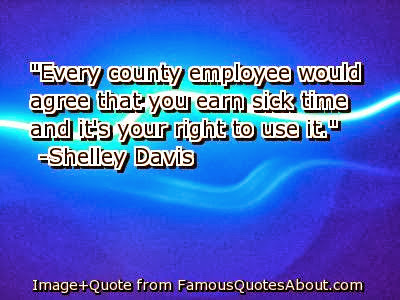The most proven method for improving productivity continues to be employee motivation. The equation amounts to this: When it comes to your staff, what's on their mind? Throughout the day, they will either choose to strive for excellence, or settle for mediocrity. The resulting thoughts will have either a productive or counter-productive impact on their performance, team motivation, and your organization's bottom line.
Corporations across the globe are all trying to figure out the best way to enhance employee motivation. Throughout the ages, the challenge to keep workers motivated has been a top priority. Myriad techniques have been deployed from recognition plaques to bonus trips in hopes of inspiring and motivating, however, in order to really understand employee motivation we must get to the root of human psychology.
Employee motivation is really no different from any other type of psychological motivation. When a person is at work, they essentially are looking to meet the same needs as any other time in life. So, in order to understand employee motivation, we need to understanding the basis of what people really want. A technique to accomplish gaining this understanding is to follow the need back by continually asking why. Using this technique, we can get to the origin of any issue, and typically the answer is the same. At the root of everything we do, is the powerful drive to feel better.
Abraham Maslow (April 1, 1908 - June 8, 1970), one of the most prolific historical psychologists, gave us Maslow's Hierarchy of Needs. Understanding this hierarchy can be useful in strategy planning for employee motivation programs, but regardless of the operating level, the motivation is still to feel better. Feeling better is why we work, build friendships, eat, sleep, get married, have children, go on vacation, strive to succeed. Everything we do is designed to help make us feel better. Although this concept may seem simplistic, it is at the heart of motivation, and key to understanding how to develop employee motivation programs.
Employee motivation programs should be designed from the top down with emphasis on four core area's that address the most critical segments of this human psychological need to feel better.
1. Feeling like a part of the team. This goes directly to the heart of feeling better. When we feel like we are a part of something bigger than us, it makes us feel better. Society and religion are all based upon this principle. When we are working with others who all have similar goals it has the powerful effect of making us feel as though we are doing the right thing. When people join organizations, or even when they think about God, they become relieved when they know they are part of something much greater than themselves. Any employee motivation program should incorporate basic principles designed to help employees feel like they are part of a team.
2. Incentives. Dangling the proverbial carrot works well in stimulating short term employee motivation. The quarterly contest, complete with prizes, annual trip, etc. all work to help people along the daily grind toward achieving predetermined goals. These activities work well when used in conjunction with daily meetings, motivational quotes, inspirational speakers and creating a general constructive atmosphere.
3. Creating an even playing field. Creating a top down approach allows an organization to even the playing field so that different departments within the company aren't providing more attractive incentives than another. Many companies today are rewarding sales teams, and overlooking incentive based programs in other areas of the company. This practice can set up resentment, and have an undesirable impact on the organization as a whole. If incentive programs are adopted company wide, all employees will become inspired, and share in the appreciation that those leading the company are thinking of everyone, and not just the revenue generating side of the business.
4. Family participation. Often times, company leaders forget that most people place a higher value on family then they do being an employee. By bringing family involvement into the workplace, organizations can help solidify employee motivation by recognizing the values of the employee. Scheduled family day's, organized family functions, and other specific family recognition activities all work toward helping to inspire and motivate employees.
Structured policies that take into consideration these four principles will go a long way toward increasing employee motivation, and creating an atmosphere that enables personal and career oriented growth.






